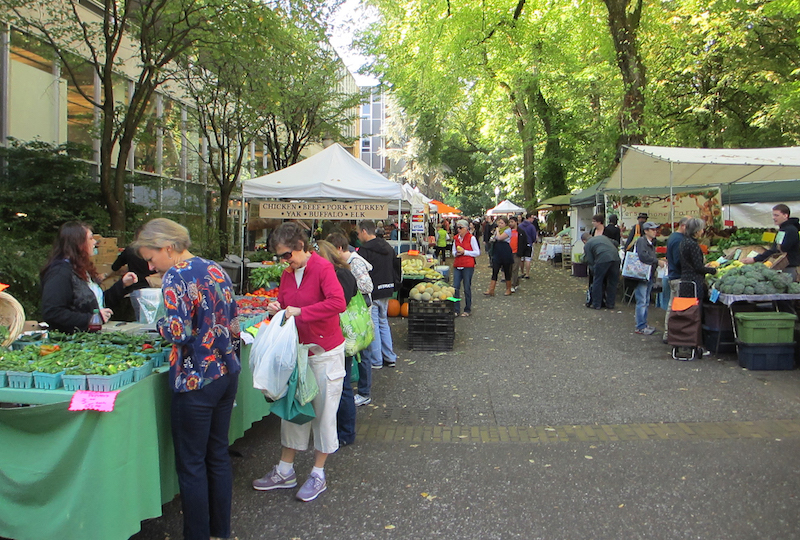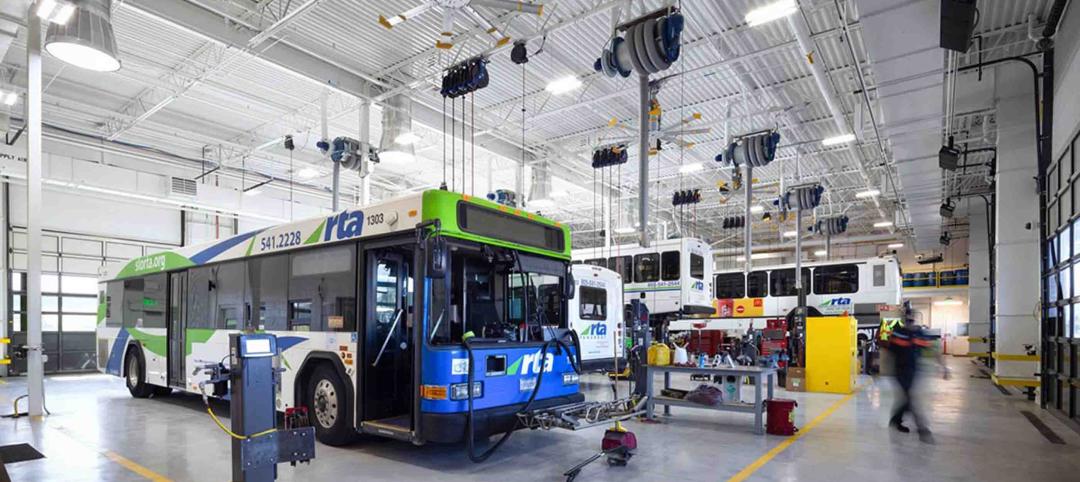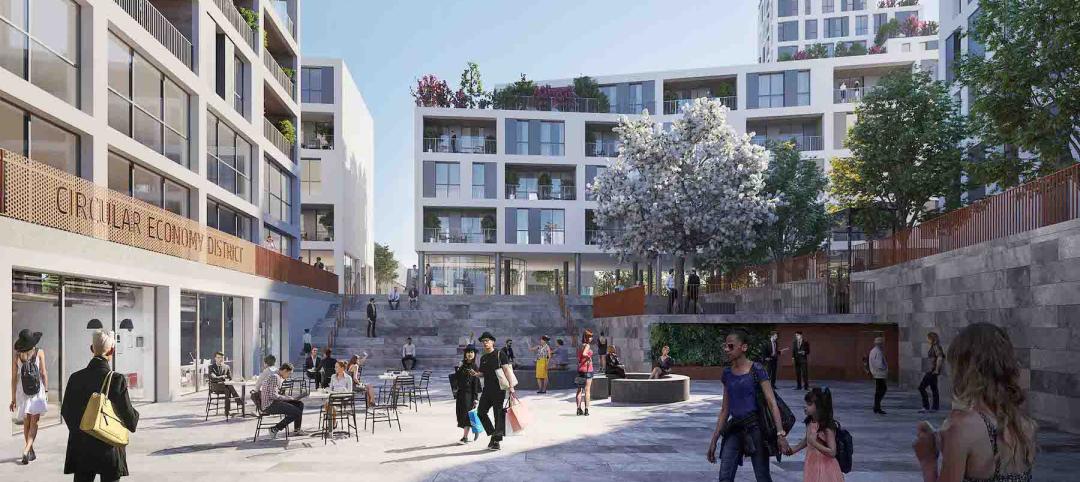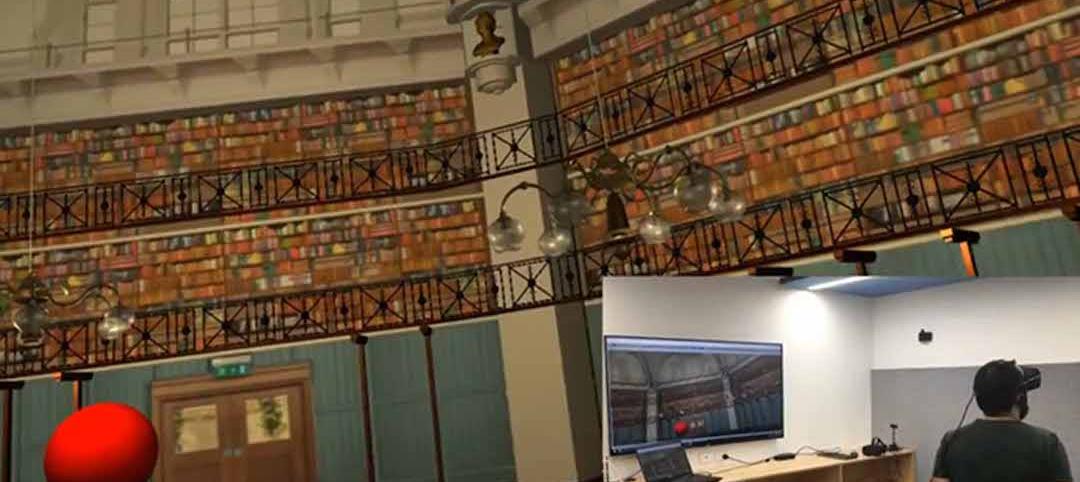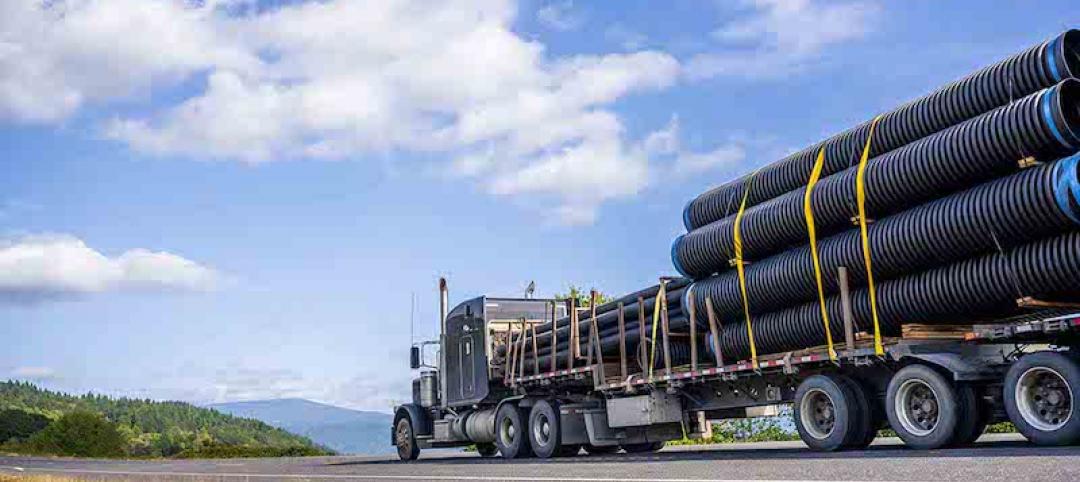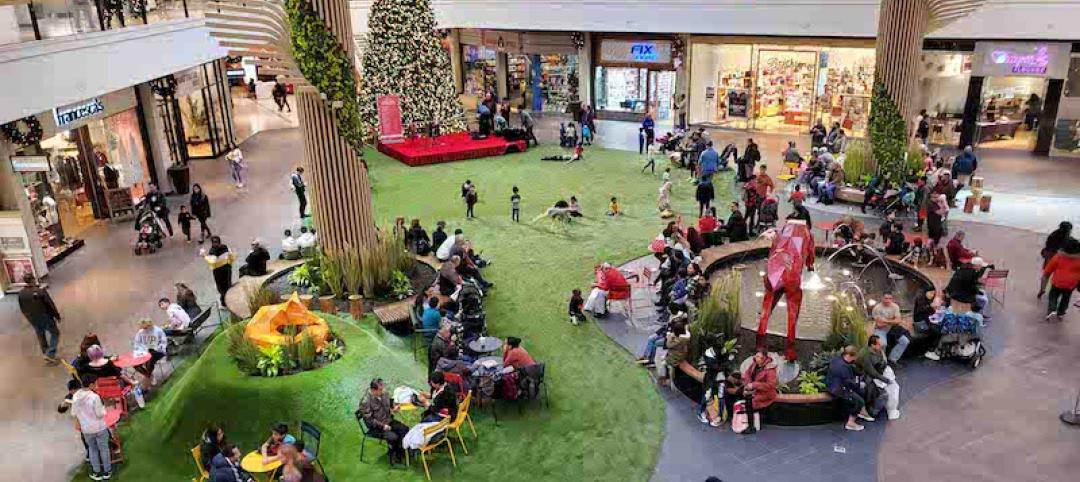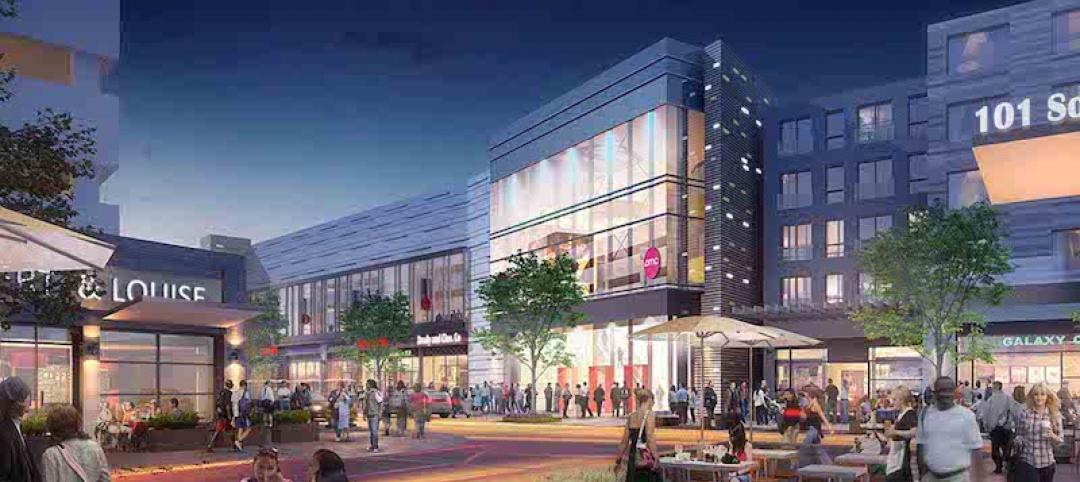The places where people live and work are the single largest contributors to our health outcomes. After decades of hearing about “sick” buildings, designers and manufacturers of building supplies have made significant progress in developing low-VOC materials, improving ventilation systems, and other methods for reducing the impact buildings can have on human health.
But neither design nor health impacts stop at the front door. Cities and their associated density can bring efficiency, walkability, and a smaller environmental footprint. At the same time, though, they can generate dirty air, excess light and noise, safety concerns, and other negative qualities that can annoy inhabitants and visitors—or undermine their health. Urban design can solve this issue. It has the power to translate evidence-based medical research into community-scale places that pre-emptively lower risk factors for acute and chronic health conditions ranging from allergies to sleep disruption.
Projects can promote wellness by linking to multiuse trails like the Calgary RiverWalk to encourage more physical activity and engagement with nature.
One emerging approach to designing healthy cities is the WELL Community Standard, released by the International Well Building Institute (IWBI) as a pilot in 2017. It offers lessons for designers, developers, and communities. It builds on IWBI’s WELL Building Standard, expanding its scope to embrace multi-block developments and entire neighborhoods.
Stantec’s Urban Places had a unique opportunity to work with the Community Standard prior to public release when we created a plan for the world’s first WELL Community, Water Street Tampa, a 16-block, mixed-use extension of Tampa’s downtown. Our fine-grained plan features short blocks optimized for walkability and arrayed along complete streets with plentiful water features and full street-tree canopy to assure comfort for walking and biking throughout the year.
Like LEED, the Community Standard is organized into several thematic sections. Each has a prerequisite and several optional features (like credits in LEED). Achieving more features scores more points, which add up to silver, gold, or platinum ratings. Wrapping your head around the all the prerequisites and features can be tough, so I’ll try to break it down for you.
The Community Standard prescribes various types of actions and activities to improve health outcomes, with emphasis on increasing physical activity and social interaction. Features fall roughly into four groups: the deployment of equipment, like air-quality sensors; ongoing activities like testing and maintenance; policies, like smoking bans; and physical design, like public outdoor gathering spaces.
From the perspective of an investor or community member, some aspects of a WELL Community go beyond business-as-usual for urban development.
A community can score points for including features such as a bike-share program, public fitness centers, and a certain amount of urban agriculture space per residence. Carrying out maintenance and monitoring, such as for air-quality and extreme-temperature alerts, help a project achieve a higher rating. WELL also gives points for policies such as unbundling the cost of parking from housing or retail; including low-income housing in residential or mixed-use developments; and creating priority parking for low-emission vehicles. Finally, the shape and structure of the community itself can win points through such urban design practices as separating residences from high-speed roads and eliminating vehicle parking along primary residential frontages.
Elements like farmers markets can boost a community’s WELL rating by connecting the public to locally produced food.
What does it take to register a WELL Community? In addition to any extra cost for above-and-beyond interventions the developer selects, projects pay IWBI fees for registration and certification. LEED imposes similar costs and fees, but its framework leads to a direct payback due to long-term savings from energy efficiency. WELL, however, doesn’t support easily quantified payback for the owner. Instead, the return comes from competitive differentiation in the marketplace and the promise of higher quality conferred by conscious design choices that promote wellness.
Health has always been a significant component of urban design, dating back at least to John Snow’s maps of an 1854 cholera outbreak, which ultimately led to modernization of London’s sewers. Whether or not new district-scale (re)developments are Community Standard-certified, improving health outcomes in cities represents the way forward for people and the planet—and will increase a place’s attractiveness for future residents and visitors.
More from Author
Stantec | Mar 18, 2024
A modular construction solution to the mental healthcare crisis
Maria Ionescu, Senior Medical Planner, Stantec, shares a tested solution for the overburdened emergency department: Modular hub-and-spoke design.
Stantec | Nov 20, 2023
8 strategies for multifamily passive house design projects
Stantec's Brett Lambert, Principal of Architecture and Passive House Certified Consultant, uses the Northland Newton Development project to guide designers with eight tips for designing multifamily passive house projects.
Stantec | Apr 10, 2023
Implementing human-centric design in operations and maintenance facilities
Stantec's Ryan Odell suggests using the human experience to advance OMSF design that puts a focus on wellness and efficiency.
Stantec | Jul 6, 2022
5 approaches to a net zero strategy that communities can start right now
Whether your community has started on a plan or is still considering net zero, now is the time for all of us to start seriously addressing climate change.
Stantec | Feb 14, 2022
5 steps to remake suburbs into green communities where people want to live, work, and play
Stantec's John Bachmann offers proven tactic for retrofitting communities for success in the post-COVID era.
Stantec | Feb 8, 2022
How gaming technology is changing the way we design for acoustics
Adding 3D sound from gaming engines to VR allows designers to represent accurate acoustic conditions to clients during design.
Stantec | Dec 15, 2021
EV is the bridge to transit’s AV revolution—and now is the time to start building it
Thinking holistically about a technology-enabled customer experience will make transit a mode of choice for more people.
Stantec | Sep 3, 2021
Passports to a net-zero carbon future
How materials passports can help designers achieve social value and net-zero carbon.
Stantec | Aug 25, 2021
The mall of the future: Less retail, more content
For the mall to survive, it will need to embrace nontraditional uses and “messy vitality.” Here’s how to do it.
Stantec | May 21, 2021
Kick-starting the rebirth of North America’s malls
Our outdated malls can be remade for a renaissance. Here’s how to get started.

